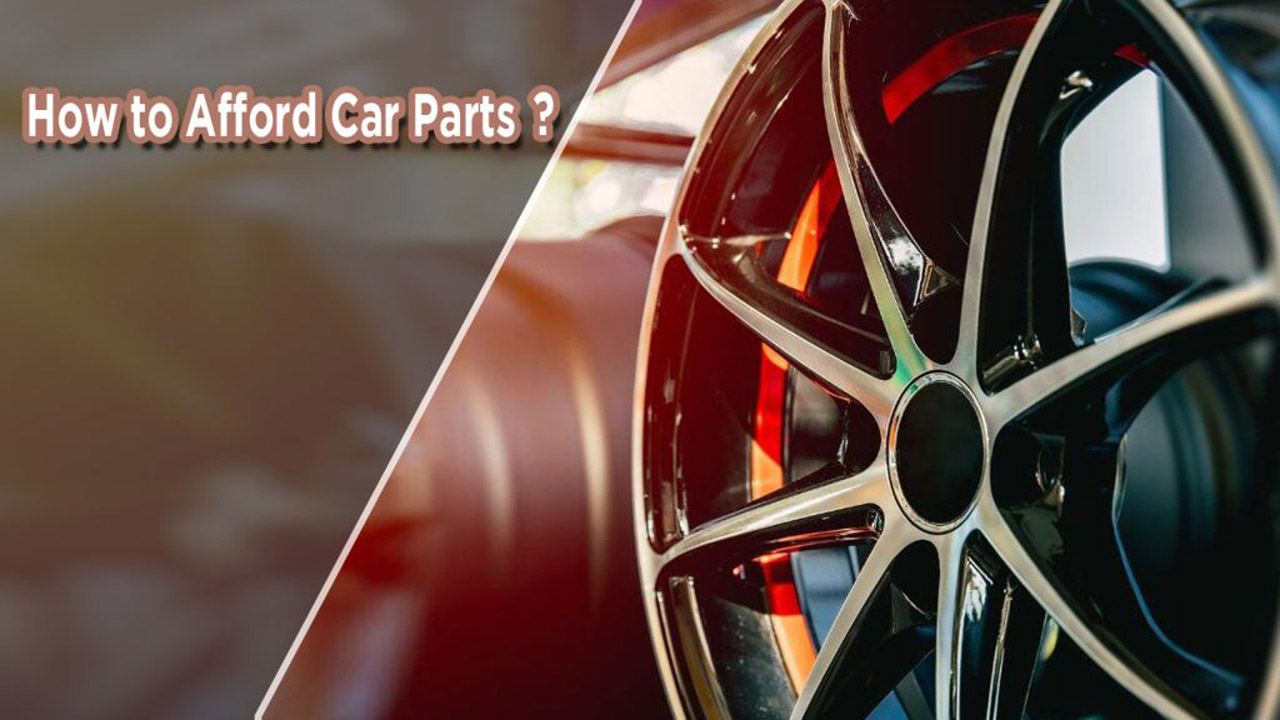A broken gear shifter can quickly turn your driving plans into a stressful situation. Whether you’re stuck in park, can’t shift gears smoothly, or find the shifter wobbly, it’s an issue that demands immediate attention. The good news? Fixing a broken gear shifter might not always require an expensive trip to the mechanic. With a little understanding of how the shifter works and some basic tools, you can often troubleshoot and even repair the problem yourself.

Image by Image by TheIDontKnowShow, YT
Let me walk you through everything you need to know about fixing a broken gear shifter. By the end of this guide, you’ll feel more confident about handling this issue, whether you’re tackling it yourself or heading to a repair shop.
Understanding How a Gear Shifter Works
Before diving into repairs, it’s important to know how a gear shifter functions. The gear shifter is part of the transmission system that allows you to select the appropriate gear for your car’s movement. It connects to the transmission through a series of linkages or cables, depending on whether your car is automatic or manual.
- Automatic Transmission: The shifter is connected to the transmission via a cable or electronic system. It allows you to move between park, reverse, neutral, and drive.
- Manual Transmission: The gear shifter is directly linked to the transmission through mechanical linkages, enabling you to shift gears manually.
Common Causes of a Broken Gear Shifter
Here are some typical reasons why a gear shifter might break or stop working properly:
- Worn Shifter Cable: Over time, the cable connecting the shifter to the transmission can fray or snap.
- Damaged Linkages: In manual transmissions, the mechanical linkages can become loose or damaged.
- Broken Shifter Knob: A cracked or detached shifter knob can make it hard to control the shifter.
- Transmission Issues: Problems within the transmission itself can interfere with gear shifting.
- Electrical Problems: In modern vehicles, electronic shifters may malfunction due to wiring issues or faulty sensors.
How to Fix a Broken Gear Shifter
Fixing a broken gear shifter depends on the specific issue you’re dealing with. Below, I’ll outline the most common problems and their solutions.
Inspecting the Shifter Assembly
The first step is to inspect the shifter assembly for visible damage. Check the shifter knob, base, and surrounding components.
- Tools Needed: Screwdriver, flashlight.
- What to Look For: Loose screws, cracked components, or debris obstructing movement.
- Solution: Tighten any loose screws and clean out debris. If the shifter knob is cracked, consider replacing it.
Fixing a Broken Shifter Cable
A snapped or stretched shifter cable is a common issue in automatic cars.
- Symptoms: The shifter moves freely without engaging gears.
- Steps to Fix:
- Locate the cable under the car near the transmission.
- Inspect for signs of wear or breakage.
- Replace the cable if it’s damaged. Most cables can be purchased at auto parts stores.
- Reattach the cable securely to the shifter and transmission.
Tightening or Replacing Linkages
In manual transmissions, loose or damaged linkages can cause shifting problems.
- Symptoms: Difficulty engaging gears or a wobbly shifter.
- Steps to Fix:
- Access the linkages by removing the center console or inspecting under the car.
- Tighten any loose connections.
- Replace damaged linkages with new parts.
Dealing with Electrical Issues
For vehicles with electronic shifters, electrical problems may prevent the shifter from functioning.
- Symptoms: Shifter won’t move, dashboard displays error messages.
- Steps to Fix:
- Check the fuse box for blown fuses related to the transmission.
- Inspect wiring and connections for signs of damage.
- Replace faulty sensors or fuses.
Replacing a Broken Shifter Knob
A broken shifter knob is one of the easiest issues to fix.
- Symptoms: The knob feels loose or comes off entirely.
- Steps to Fix:
- Purchase a replacement knob compatible with your vehicle.
- Unscrew the old knob or release it using a clip.
- Install the new knob by screwing or snapping it into place.
Tools You May Need
Having the right tools on hand can make the repair process smoother. Here’s a list of essentials:
| Tool | Purpose |
|---|---|
| Screwdriver Set | For removing panels and tightening screws. |
| Pliers | To grip and adjust cables or linkages. |
| Socket Wrench | Useful for loosening bolts. |
| Replacement Parts | Shifter cable, linkages, or knob as needed. |
| Electrical Tester | To diagnose wiring or fuse issues. |
When to Seek Professional Help
Not all shifter problems can be easily fixed at home. Here are some situations where you’ll need a mechanic:
- Transmission Damage: If the issue lies within the transmission, it requires specialized knowledge and tools.
- Complex Electrical Problems: Diagnosing and repairing electronic shifters can be tricky.
- Persistent Problems: If the shifter continues to malfunction after attempting repairs, consult a professional.
Tips to Prevent Gear Shifter Problems
Taking care of your car’s transmission system can reduce the likelihood of shifter issues.
- Regular Maintenance: Check the transmission fluid and replace it as needed.
- Avoid Excessive Force: Use gentle pressure when shifting gears to prevent wear and tear.
- Inspect Cables and Linkages: Periodically check for signs of damage or looseness.
- Address Issues Early: Don’t ignore small problems—they can escalate into bigger repairs.
My Personal Experience
I remember the first time my car’s gear shifter got stuck. It happened on a cold morning, and I couldn’t move it out of park. After some digging, I discovered the problem was a stretched shifter cable. Fixing it myself saved me a lot of time and money, and I learned how important it is to inspect these components regularly.
Conclusion
Fixing a broken gear shifter doesn’t have to be a daunting task. By identifying the problem and using the right tools, you can often resolve the issue yourself. However, if the problem is complex or involves the transmission, don’t hesitate to seek professional help.
Taking care of your gear shifter and transmission system will ensure smooth and safe driving for years to come. Whether it’s a minor adjustment or a complete replacement, addressing the issue promptly can save you from bigger headaches down the road.
FAQs
What causes a gear shifter to break?
A gear shifter can break due to worn cables, damaged linkages, or excessive force when shifting gears.
How do I know if my shifter cable is broken?
If the shifter moves freely without engaging gears, it’s a sign that the cable may be broken or stretched.
Can I drive with a broken gear shifter?
Driving with a broken gear shifter is unsafe and can cause further damage. It’s best to have it repaired immediately.
How much does it cost to fix a gear shifter?
The cost depends on the issue. Replacing a shifter cable might cost $200-$500, while fixing electrical problems could be more expensive.
Is it hard to replace a shifter knob?
Replacing a shifter knob is usually straightforward and can be done with basic tools.
 Automobile Solutions
Automobile Solutions
